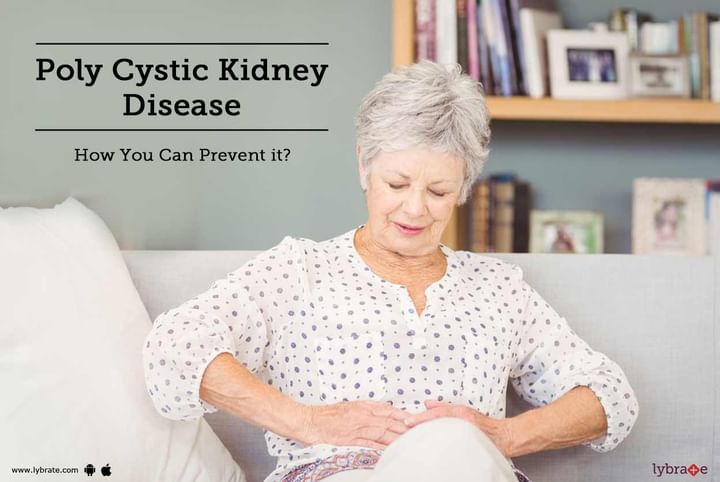Poly Cystic Kidney Disease - How You Can Prevent it?
The kidneys are a pair of bean shaped organs responsible for blood filtration. It also eliminates waste products from the body. The kidneys are located in the abdomenal cavity of the body and help in keeping a check on the electrolyte level in the body.
Polycystic kidney disease or PKD is a condition in which a number of cysts grow on the kidneys. The cysts are filled with fluid, and if the number or the size of the cyst increases, it can lead to kidney damage and kidney failure. 5% of kidney failures are caused by PKD. PKD does not affect only the kidneys. It can also cause the cyst to grow on other organs, such as liver, pancreas, ovaries, spleen and large bowel. The brain and the heart can also be affected by PKD. If it reaches the brain, an aneurism is caused. Heart murmurs may occur if PKD affects the heart.
Symptoms: Symptoms are visible for those in the 30 to 40 age group; however, it differs from person to person. Back pain or side pain, enlargement of the abdomen, blood in the urine, high blood pressure, and frequent bladder or kidney infections are some of the common symptoms of PKD.
Diagnosis: An ultrasound is the most dependable, affordable and non-invasive way to diagnose PKD. MRI and CT scans can be used to detect the volume of the cyst. It also helps to determine small cysts which cannot be detected by ultrasound.
Treatment: There is no specific treatment for PKD at present. But certain steps and measures can be taken to slow down the growth of the cyst and to control the symptoms.
Prevention: Keeping a check on blood pressure, use of prescribed antibiotics to treat kidney or bladder infection, restricted use of caffeine, and medications to control pain are some of the treatments for relief and for arresting the growth of the cyst. Research also shows that drinking plenty of water throughout the day can also slow down the growth of the cyst. A diet low in fat and moderate in calories is recommended.
Types: Autosomal dominant kidney disorder is a genetic disorder and is passed on to the child from the parent by dominant inheritance. It is the most common type of PKD. The symptoms are visible after the age of 30 to 40. Infantile or autosomal recessive PKD is a genetic disorder and is inherited by the child from the parent by recessive inheritance. The symptoms are visible during the early months of life or in the womb. It is a rare form of PKD and occurs in 1 out of 25,000 people. Acquired cystic kidney disease occurs due to long-term kidney damage and is linked with kidney failure and dialysis. The bleeding of the cyst causes the bleeding in the urinary system and leads to urine discolouration. If you wish to discuss about any specific problem, you can consult a Nephrologist.



+1.svg)
